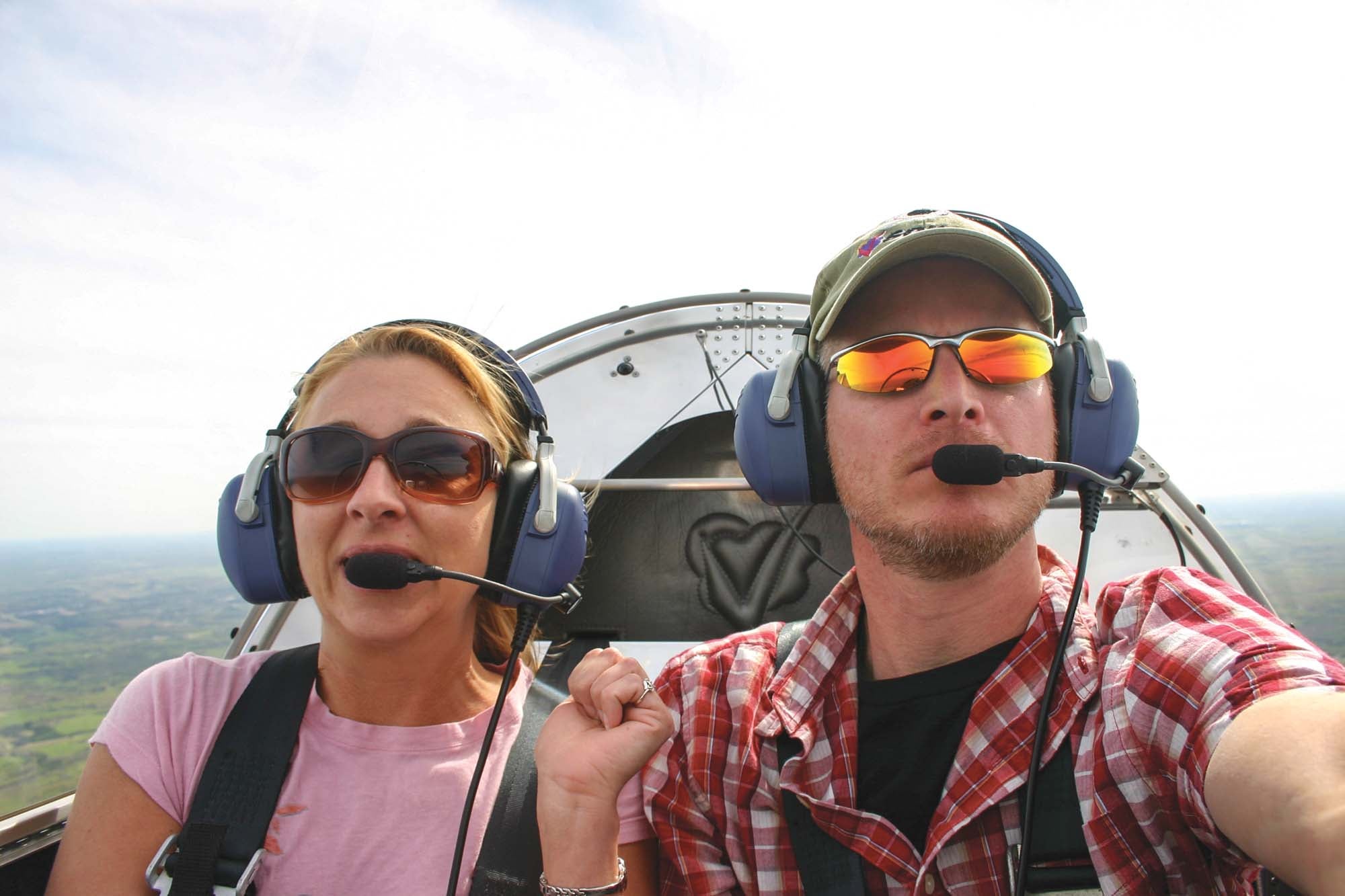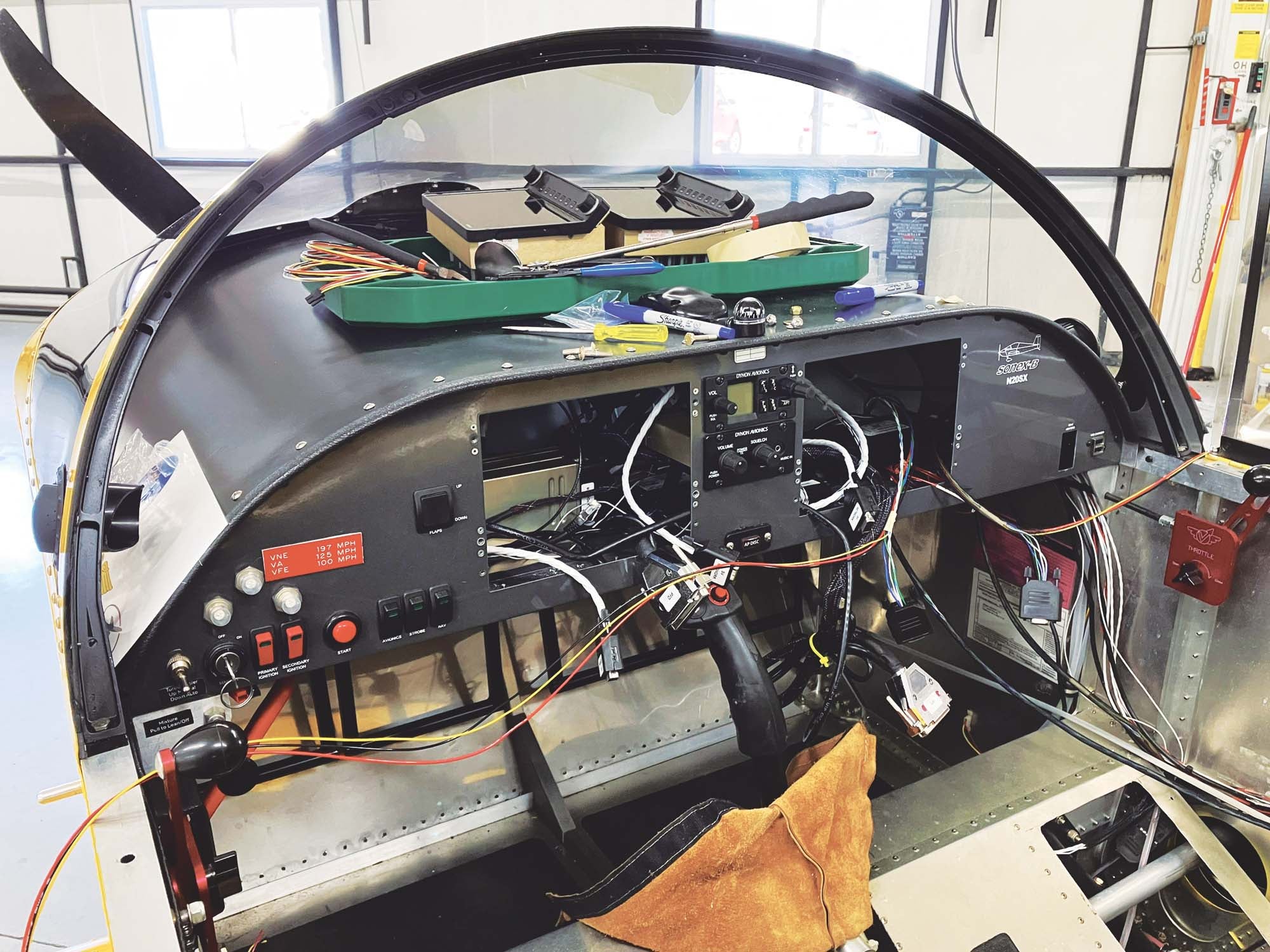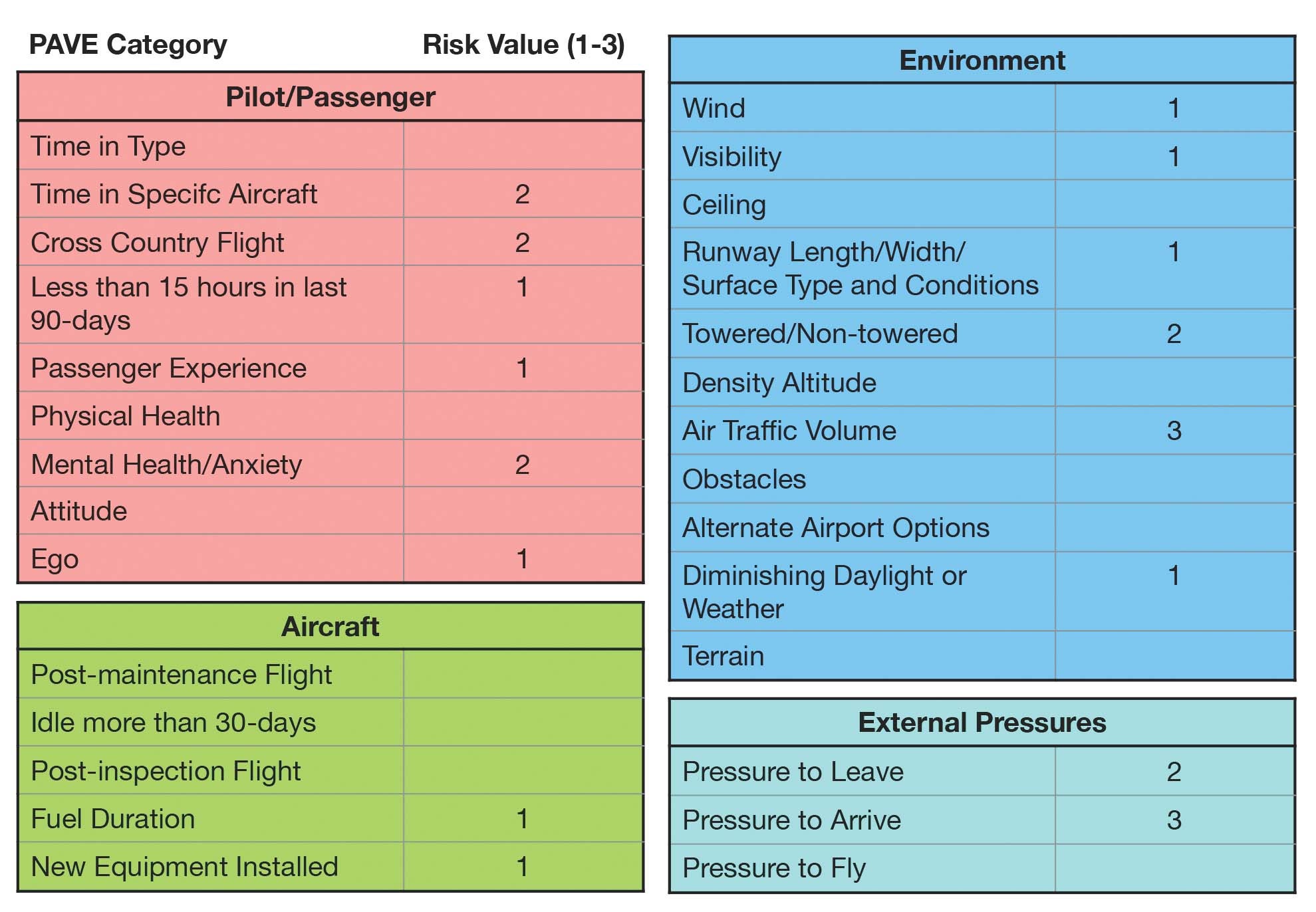
What makes airplanes fly? Bernoulli’s principle and money, mostly. But without acronyms we’d all be gazing wistfully at the birds soaring overhead. We’ve got our GUMP check, our FOD awareness, our NOTAMs and our PIREPs. We’ve got our PIC and our SIC, our MEL and METAR. Here’s one you may not be aware of: FRAT, Flight Risk Analysis Tool. A FRAT makes you aware of any elevated risks inherent in a particular flight. With that awareness, you can mitigate each risk or persuade yourself to stay on the ground until the haze and hay fever subside.
PAVEing the Way for FRAT
It will come as no surprise that the FRAT’s existence is rooted in a document that answers to another acronym, PAVE. PAVE stands for Pilot, Aircraft, enVironment and External Pressures. (Granted, PAVE is a stretch, but “PAEEP” is awkward and less memorable.) PAVE identifies the risk factors in each category that gave it its name. A FRAT is used to assign each a risk value before flight. Not every factor in PAVE applies to every pilot or aircraft, but PAVE serves as an a la carte menu from which you draw risk factors to populate your FRAT. (Like a homebuilt, you build a FRAT yourself.) Though the internet ebbs and flows, I found a copy of PAVE.
Fleshing Out Your FRAT
With a copy of PAVE in hand to focus your mind on the risk categories, populate your FRAT with the broad-stroke risks that may impact you. Keeping your FRAT organized by PAVE category makes it easy to use and easy to edit. Keeping it simple increases the odds you’ll use it. I made a simple FRAT in a spreadsheet. It could have easily been done on paper. There are also FRAT apps, of course. The best FRAT is the one you’ll use. Here is a brief synopsis of the PAVE categories that will populate your FRAT.

Pilot/Passenger. The pilot risk factors should cover your qualifications, currency and mental and physical health. In other words, “Are you ready to act as PIC?” The risk factor of your passenger may be less obvious. If it’s a flying buddy, the risk factor is probably 0. If it’s a first-time flier the risk factor may be 1, as you don’t know how they will react to the experience. I once flew a high-value passenger who brought the risk value up because I didn’t want the next day’s newspaper headline to read, “Legendary Air Race Pilot, 85, Killed in Aircraft Accident.”
Aircraft. The aircraft component of the FRAT covers more than make and model. It also factors in equipment—particularly equipment you are unfamiliar with, like a newly installed EFIS—and whether the aircraft is fresh out of maintenance or an inspection and whether it has been dormant for a few months. I saw a Cirrus being parted out after it drifted down under its silk cloud. It had been on its first flight after a condition inspection and a hose clamp had not been retightened. The acronym for that is OMG.

Weather/Environment. Weather is the atmospheric conditions: wind, density altitude, temperature, dewpoint, etc. Environment covers the terrain over which you will be passing, whether it is day or night, the characteristics of the departure and arrival airports (towered, non-towered, runway length, width and direction, etc.) and, increasingly, whether the sky is obscured by smoke from wildfires.
External Pressures. This category covers intangibles like feeling forced to fly because someone is counting on you, being forced to fly by the Air Force [“Know (You May Be) the Limit”], squeezing in a flight before poor weather or the sunset settles on the airport or, something I succumbed to once or twice, flying because you feel you should—because the Midwest’s weather is ideal for the first time in months. Flying to a scheduled event, like AirVenture, also falls into this category.
To briefly recap, a FRAT does not need to be exhaustive or specific. Its purpose is not to record the specific winds at your destination; it’s to make you aware that there are winds at your destination that you may not be proficient in. Its purpose isn’t to make you aware of the aircraft’s stall speed; it’s to make you aware you haven’t flown for six months. It’s not to confirm your third-class medical is up to date; it’s to remind you you’re stressed or depressed or experiencing eye floaters.

Using the FRAT
Let’s acknowledge that flight carries risk and every category in a FRAT is a component of that risk. Let’s also agree that nominal risk value is 0. Therefore, you’ll only score items that present an elevated risk on any given flight. A simple 1, 2 or 3 works well. For instance, taking a passenger may be 0 on most flights or a 2 if the passenger is a child and has access to the controls and therefore the opportunity to initiate an unexpected control input. The value you assign each risk factor is at your discretion, but be honest. No one will see your answers, so fess up to the fact that the crosswind at your destination may cause you to grip the seat cushion. Give it a 2. I hold a complex endorsement, qualifying me to fly aircraft with retractable gear and an adjustable pitch propeller. It was earned after three touch-and-goes, more than two decades ago. I’d rate myself a 3 if I were to command one today. That 3 (and an insurance company) would compel me to get further instruction in a complex aircraft before I took one aloft as PIC.

Most FRATs I’ve seen total the risk factor assigned to each line item. The sum of the individual values is meant to score the overall risk of the flight. A total score, in my opinion, is less important (meaningless, really) than the act of scoring each risk. Scoring the risks raises your awareness of their individual impact on a flight. A low overall score with a single high-risk category (like my previously mentioned 3 for complex operations) may be cause to postpone the flight. Yet, a high overall score with a 1 in many categories may not be, because the individual risks play out in a manageable series, not altogether. For instance, taking off before dawn may score a 1. After takeoff, that risk is gone. A dissipating weather front on your path that stays true to the forecast may go from 1 to 0 en route. Some risk factors persist, however, like that uneasy passenger, where each phase of flight is new to them.
Birds are built for flight. They need neither money nor acronyms. Assessing flight risks is their nature, though they still haven’t caught on to the dangers of large panes of glass. We humans force our way into the sky with dollars and determination. If we were more risk-aware we’d have fewer incidents, accidents and acronyms. Using a FRAT increases your awareness of the risks of a particular flight, which gives you the opportunity to mitigate those risks.













